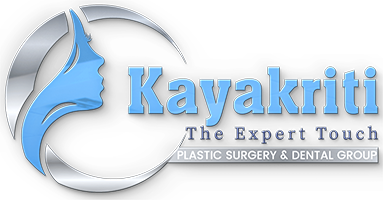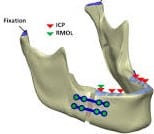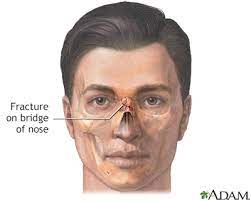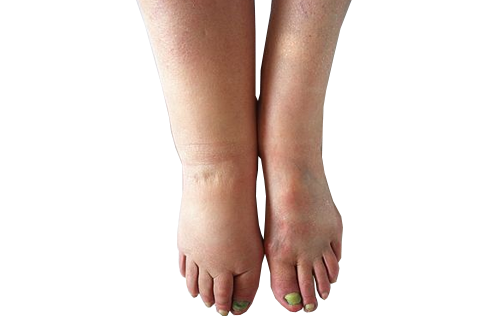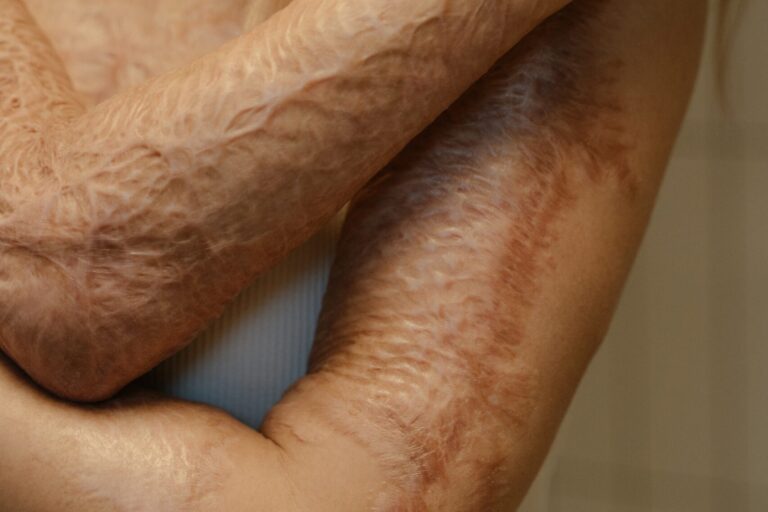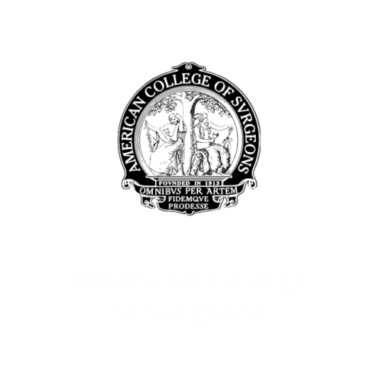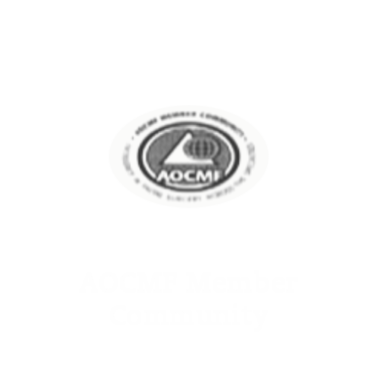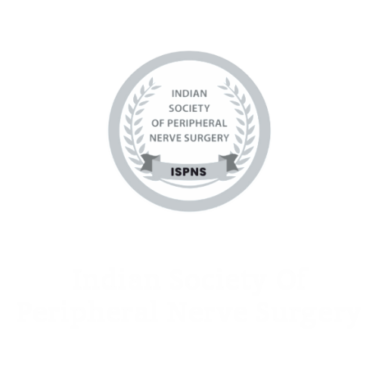The maxilla is the bone of the upper jaw that stays fixed, unlike the mobile lower jaw. It also contributes to the bony skeleton of the eyes, nose, and cheeks. Fractures of this bone are known as midface fractures and are classified into three types as per Le Fort classification.
- Le Fort I: This is the fracture in the upper jaw above and along the upper lip, separating the teeth from the maxillary bone, including the lower portion of the nose.
- Le Fort II: It is a pyramid-shaped fracture that involves the teeth at the base and the nasal bridge at its highest point, along with the eye sockets, and extending up to nasal bones.
- Le Fort III: This fracture occurs across the nasal bridge, through the eye sockets, and outward to the sides of the face. This is the most complicated kind of upper jaw fracture and is caused by to severe blow to the face.

In fractures of the upper jaw, the patient is unable to fully open the mouth, or the mouth opening is painful. Often alignment of teeth is disturbed and there may be tooth loss also. The face appears elongated concave or dish-shaped.
A 3D CT scan of the face usually confirms the diagnosis, helps in the classification of the fracture patterns, and aids in planning the surgery.
How are Lefort fractures treated?
A. Non-surgical approach for treatment is considered for minimal, non-displaced fractures, or in medically ill patients. This would include regular analgesia, a soft diet, and taking care to avoid any trauma. Rest all the cases need surgical intervention.
B. Surgery for Lefort fractures is necessary to maintain facial features and contour. And, like lower jaw, upper jaw fractures also need reduction and immobilization to heal. It means approximating the broken bone edges as close together as possible.
The “Open Reduction and Internal Fixation” technique or ORIF- is the usually preferred technique as accurate reduction is possible with this method, where an incision is made, the fracture is found and is physically manipulated into place. This definitive reduction treatment is most of the time stabilized surgically by plates and screws fixation of the broken bones under vision so that fractured ends meet accurately.
Recovery after surgery–
- There is no need to immobilize the jaws in IMF after the surgery with this technique.
- The patient is usually discharged from the hospital on the third day after the surgery and is kept on a soft diet for 2 to 3 weeks.
